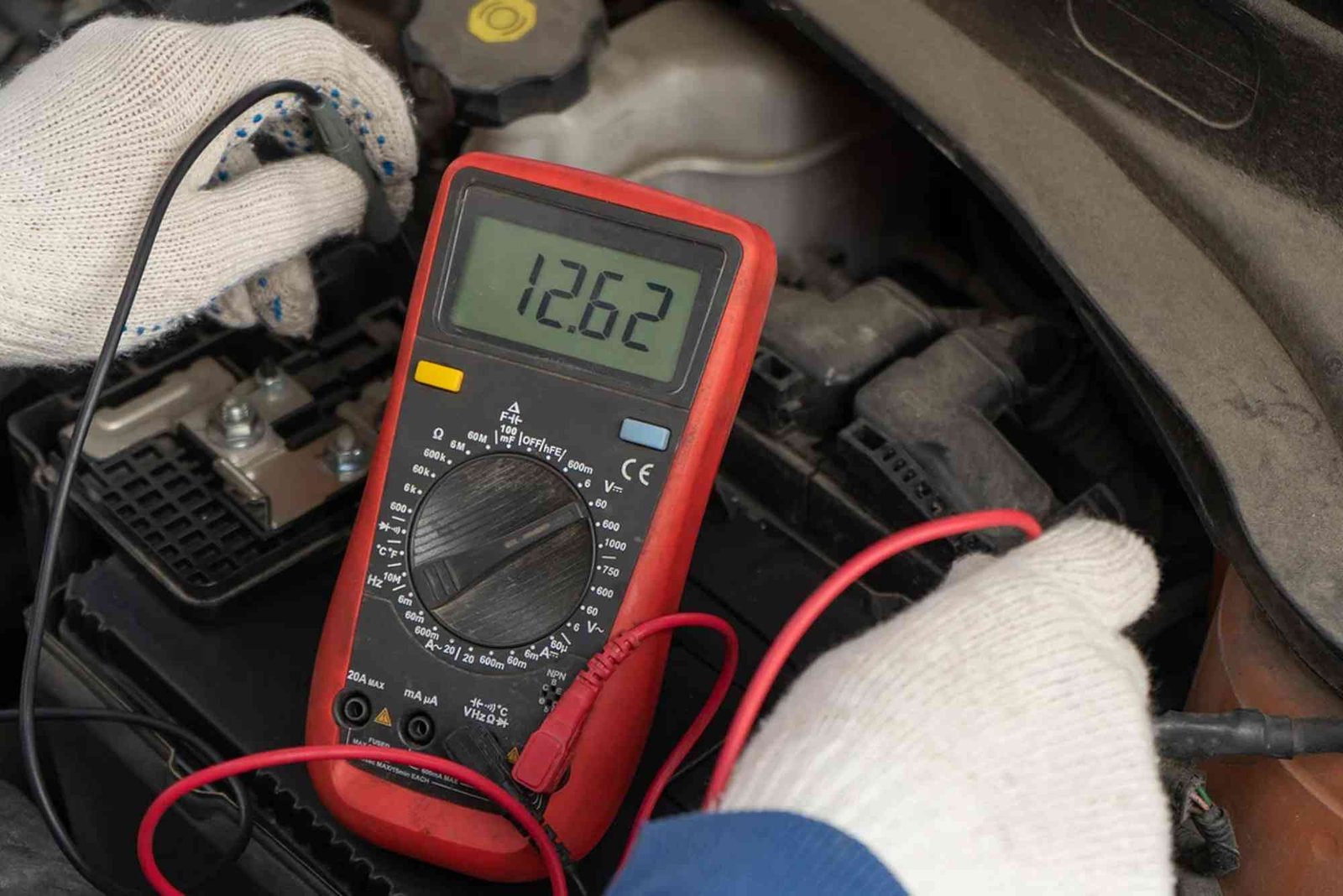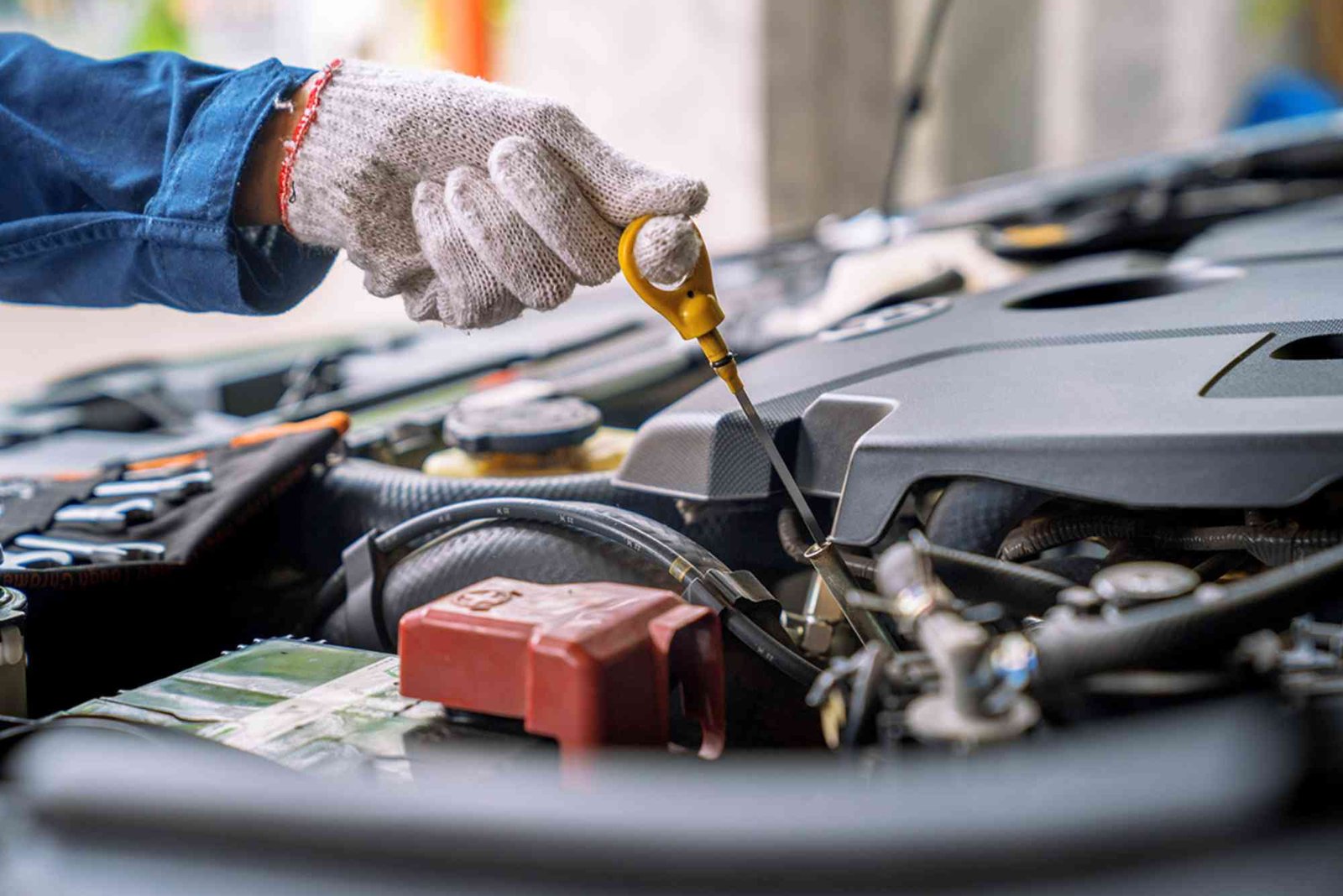Introduction
A healthy car battery is the heart of every vehicle. Without it, your car won’t start, your electronics won’t work, and your driving experience becomes frustrating. Knowing easy ways to check car battery health helps you save money, prevent roadside troubles, and ensure your vehicle performs smoothly.
Whether you’re a daily driver or an occasional commuter, learning How To Check Car Battery Health is a crucial part of basic car maintenance. In this detailed guide, you’ll learn how to test your battery at home, identify signs of a weak battery, and keep it in top condition for years to come.
Why Checking Car Battery Health Matters
Your car battery powers essential systems like ignition, lights, and air conditioning. Over time, it loses capacity due to weather, age, or lack of maintenance. Regularly checking its health ensures:
- Smooth engine starts
- Reliable performance in all weather
- Longer battery lifespan
- Early detection of issues before they lead to breakdowns
Ignoring your car battery can result in unexpected failures, especially during long drives or cold mornings.
Understanding the Basics of Car Battery Health
Before learning how to test it, it’s helpful to know what affects your battery’s condition.
Voltage Levels
A fully charged battery should measure around 12.6 volts when the engine is off. Anything below 12.4 volts indicates partial discharge, while readings under 12.0 volts suggest the battery may need replacement.
Battery Age
Most car batteries last 3 to 5 years. Beyond this period, internal wear reduces efficiency, making regular health checks even more important.
Environmental Factors
Extreme temperatures—hot or cold—can drain a battery’s charge faster. High heat evaporates battery fluid, while cold weather reduces its ability to start the engine.
Easy Ways to Check Car Battery Health
Now let’s explore practical methods you can use to monitor your battery’s condition effectively.
Visual Inspection
Start with a simple look under the hood. Check for corrosion around terminals, swelling on the battery casing, or leaks. Corroded terminals can block electrical flow, leading to weak starts or flickering dashboard lights. If corrosion is present, clean the terminals gently with a mixture of baking soda and water.
Using a Voltmeter or Multimeter
A multimeter is the most accurate way to check your car battery’s voltage at home.
- Turn off your car completely.
- Set the multimeter to DC voltage mode.
- Connect the red probe to the positive terminal and the black probe to the negative.
- Read the voltage displayed.
A healthy battery should read 12.6 volts or higher. If the reading is between 12.4 and 12.6 volts, your battery is partially charged. Anything below 12.0 volts means it’s time to recharge or replace it.
Performing a Headlight Test
If you don’t have a multimeter, you can use your headlights. Turn them on without starting the engine. Bright and steady lights indicate a healthy battery. If they dim quickly, it suggests low charge or aging.
Cranking Test
Start the car and observe how quickly it turns over. A slow, dragging start or clicking sound means the battery might be weak. If your car doesn’t start at all, it may be completely discharged.
Checking Battery Terminals
Ensure the cables are tightly connected. Loose or corroded terminals can cause poor performance even if the battery itself is good. Always clean the area using protective gloves.
Using a Battery Health Tester
Battery testers are affordable tools that display more than just voltage. They can measure cold cranking amps (CCA), internal resistance, and charge level—offering a clearer picture of your battery’s health.
Signs of a Weak or Failing Battery
Knowing early warning signs can prevent you from getting stranded. Look out for:
- Engine cranks slowly before starting
- Dashboard battery light stays on
- Dimming headlights or flickering interior lights
- Unusual smell like sulfur (rotten eggs) from the battery area
- Electrical systems (radio, power windows) responding slowly
These symptoms often appear gradually, giving you enough time to check and replace the battery if needed.
How to Maintain Car Battery Health
Testing is important, but prevention is even better. Here are ways to extend your battery’s life naturally.
Keep Terminals Clean
Corrosion builds up over time, reducing conductivity. Clean terminals regularly using a soft brush and baking soda solution.
Drive Frequently
Short trips prevent the alternator from fully charging the battery. Try driving for at least 20–30 minutes once a week to keep it healthy.
Limit Power Usage When Idle
Avoid running the air conditioning or stereo when the engine is off. It drains the battery without recharging it.
Store the Car Properly
If you won’t be using your vehicle for weeks, disconnect the negative terminal or use a battery maintainer to prevent discharge.
Professional Battery Testing and Replacement
Even with home tests, professional diagnostics can offer deeper insights. Mechanics use advanced tools to measure battery load and capacity. They can also check the alternator and starter to ensure other components aren’t causing the problem.
If your battery is more than four years old or consistently underperforms, replacing it is the smartest option. A new battery provides better reliability, improved cold-start performance, and fewer maintenance concerns.
Related Maintenance Tips
Battery issues are often linked to overall car care. Visit Related Automobile article for practical car and DIY maintenance tips that enhance your driving experience.
You can also explore Learn more about tools, products, and lifestyle inspiration that keep your day running smoothly.
Common Mistakes to Avoid When Checking Car Battery Health
- Ignoring safety gear: Always wear gloves and safety glasses.
- Testing immediately after driving: Wait at least 30 minutes to get an accurate voltage reading.
- Disconnecting while the engine runs: Never remove terminals while the engine is on; it can damage electronics.
- Using water instead of battery fluid: Only refill with distilled water if your battery allows it.
These precautions protect both you and your vehicle from costly errors.
FAQs
How often should I check my car battery health?
Check your car battery every three months or before long trips. Regular checks help detect issues early.
Can a weak battery damage my car’s alternator?
Yes. A weak battery forces the alternator to work harder, leading to premature wear and higher repair costs.
How do I know if my car battery needs replacing?
If it’s over four years old, struggles to start the engine, or reads below 12 volts even after charging, consider replacement.
Does temperature affect car battery performance?
Absolutely. Extreme cold reduces the battery’s power output, while heat accelerates internal corrosion and fluid evaporation.
Can I check my car battery without tools?
Yes. Observe signs like dim lights, slow cranking, or dashboard warnings. You can also try the headlight test as a quick indicator.
Your car battery may be small, but it plays a huge role in your vehicle’s performance. With these easy ways to check car battery health, you can prevent unexpected failures and extend your battery’s lifespan. Regular testing, simple maintenance, and awareness of warning signs are all you need to stay ahead.




